WMATA is pathetic: of course it belongs to "the public"
Rebuilding Place in Urban Space
SEPTEMBER 23, 2022
From the article: The capital improvement program reflects the region’s commitment to maintaining and improving your community’s $100 billion transit asset. The question of how best to fund Metro is an important one that requires thought leadership and extensive community input. In fact, I mention that as an issue a lot in terms of funding.

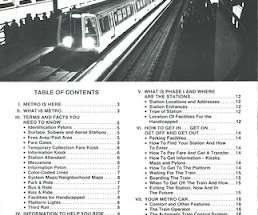
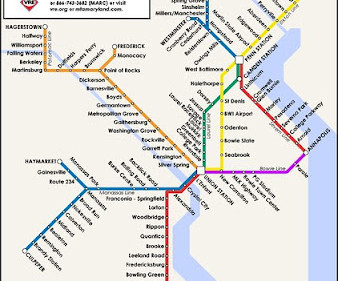
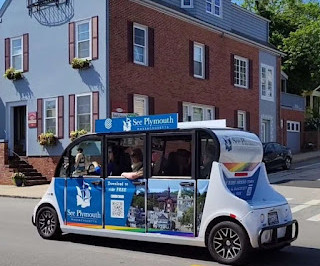
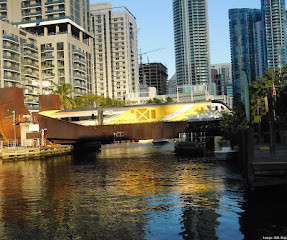
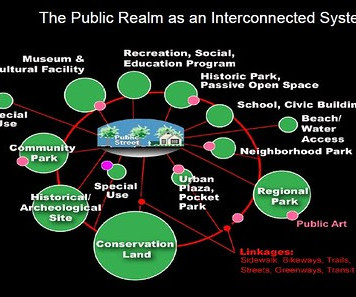
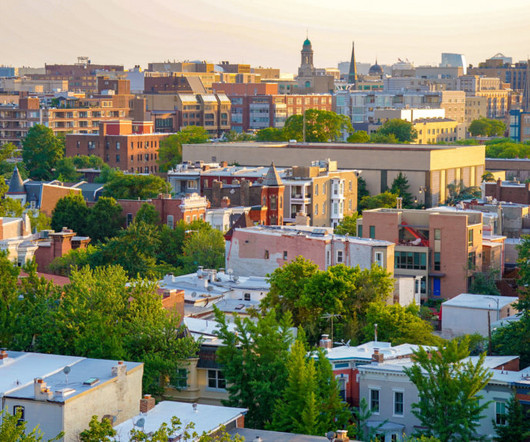






Let's personalize your content